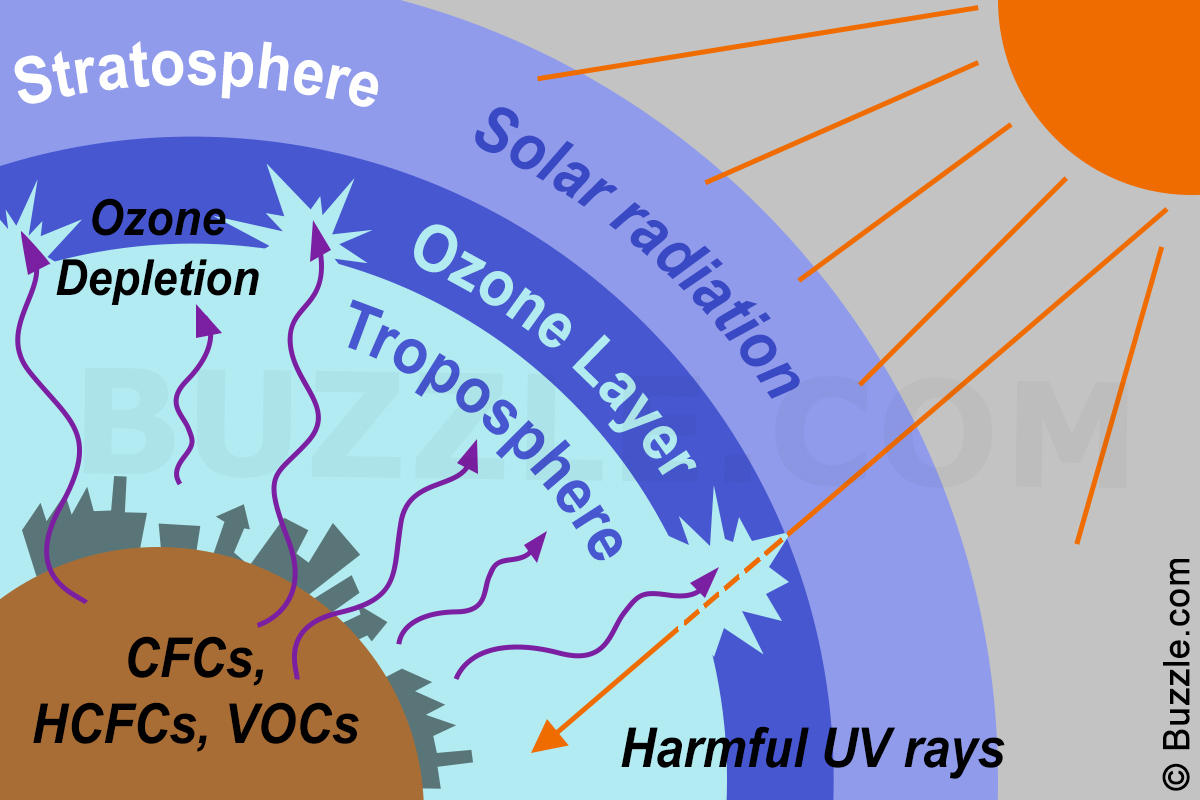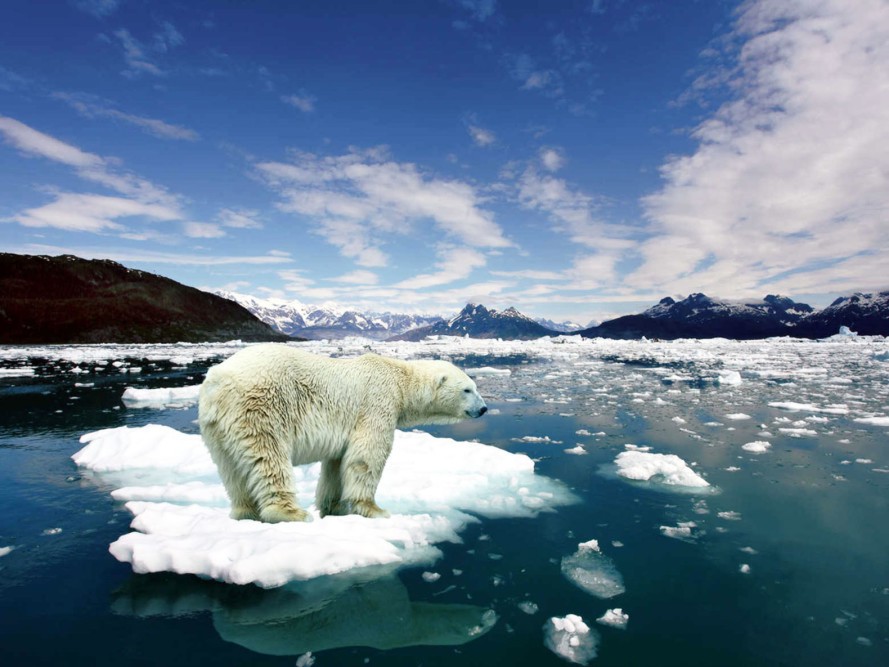Before reading articles about mining and their environmental effects, I had no idea of how terrible this truly was for the planet. Coal mining, the first step in the dirty life cycle of coal, causes deforestation and releases toxic amounts of minerals and heavy metals into the soil and water. The effects of mining coal persists for years after coal is removed.
Destruction and poison linger
Bad mining practices can ignite coal fires, which can burn for decades, release fly ash and smoke laden with greenhouse gasses and toxic chemicals. Furthermore mining releases coal mine methane, a greenhouse gas 20 times more powerful than carbon dioxide. Coal dust inhalation causes black lung disease among miners and those who live nearby, and mine accidents kill thousands every year. Coal mining displaces whole communities, forced off their land by expanding mines, coal fires, subsidence and contaminated water supplies.
There are two widely used ways of mining: strip mining and underground mining.
Strip mining
Strip mining involves scraping away earth and rocks to get to coal buried near the surface. In many cases, mountains are literally blasted apart to reach thin coal seams within, leaving permanent scars on the landscape as a result. Strip mining accounts for about 40 percent of the world’s coal mines but in some countries, such as Australia, open cast mines make up 80 percent of mines. Even though it’s highly destructive, industry often prefers strip mining as it requires less labor and yields more coal than underground mining. 
Impacts of strip mining
- Strip mining destroys landscapes, forests and wildlife habitats at the site of the mine when trees, plants, and topsoil are cleared from the mining area. This in turn leads to soil erosion and destruction of agricultural land.
- When rain washes the loosened top soil into streams, sediments pollute waterways. This can hurt fish and smother plant life downstream, and cause disfiguration of river channels and streams, which leads to flooding.
- There is an increased risk of chemical contamination of ground water when minerals in upturned earth seep into the water table, and watersheds are destroyed when disfigured land loses the water it once held.
- Strip mining causes dust and noise pollution when top soil is disrupted with heavy machinery and coal dust is created in mines.
After a mine is shut down, the dry, barren land is still contaminated for years after.
Although many countries require reclamation plans for coal mining sites, undoing all the environmental damages to water supplies, destroyed habitats, and poor air quality is a long and problematic task. This land disturbance is on a vast scale. In the US, between 1930 and 2000, coal mining altered about 5.9 million acres of natural landscape, most of it originally forest. Attempts to re-seed land destroyed by coal mining is difficult because the mining process has so thoroughly damaged the soil. For example, in Montana, replanting projects had a success rate of only 20-30 percent, while in some places in Colorado only 10 percent of oak aspen seedlings that were planted survived.
Underground mining
The majority of the world’s coal is obtained through underground mines. While underground mining, which allows coal companies to extract deeper deposits of coal, is viewed as less destructive than strip mining, the effects of mining widespread damage to the environment. In room-and-pillar mines, columns of coal are left to support the ground above during the initial mining process, then they are often taken out and the mine is left to collapse, which is known as subsidence. In long-wall mines, mechanical shearers strip the coal from the mines. Support structures that enable the shearers’ access to the mine are eventually removed, and the mine collapses. It is these effects of mining that nobody sees but are the most troubling of all. 
Impacts of underground mining
- Underground mining causes huge amounts of waste earth and rock to be brought to the surface – waste that often becomes toxic when it comes into contact with air and water.
- It causes subsidence as mines collapse and the land above it starts to sink. This causes serious damage to buildings.
- It lowers the water table, changing the flow of groundwater and streams. In Germany for example, over 500 million cubic metres of water are pumped out of the ground every year. Only a small percentage of this is used by industry or local towns – the rest is wasted. What’s worse is that removing so much water creates a kind of funnel that drains water from an area much larger than the immediate coal-mining environment.
- Coal mining produces also greenhouse gas emissions.
Common health threats posed by coal mining
- Pneumoconiosis, aka black lung disease or CWP, is caused when miners breathe in coal dust and carbon, which harden the lungs. Estimates show that 1,200 people in the US still die from black lung disease annually. The situation in developing countries is even worse.
- Cardiopulmonary disease, chronic obstructive pulmonary disease, hypertension, lung disease, and kidney disease have been found in higher-than-normal rates among residents who live near coal mines, according to a 2001 US study.
- Toxic levels of arsenic, fluorine, mercury, and selenium are emitted by coal fires, entering the air and the food chain of those living nearby.
- Mine collapses and accidents kill thousands of workers around the world every year. Chinese coal mine accidents killed 4,700 people in 2006.





